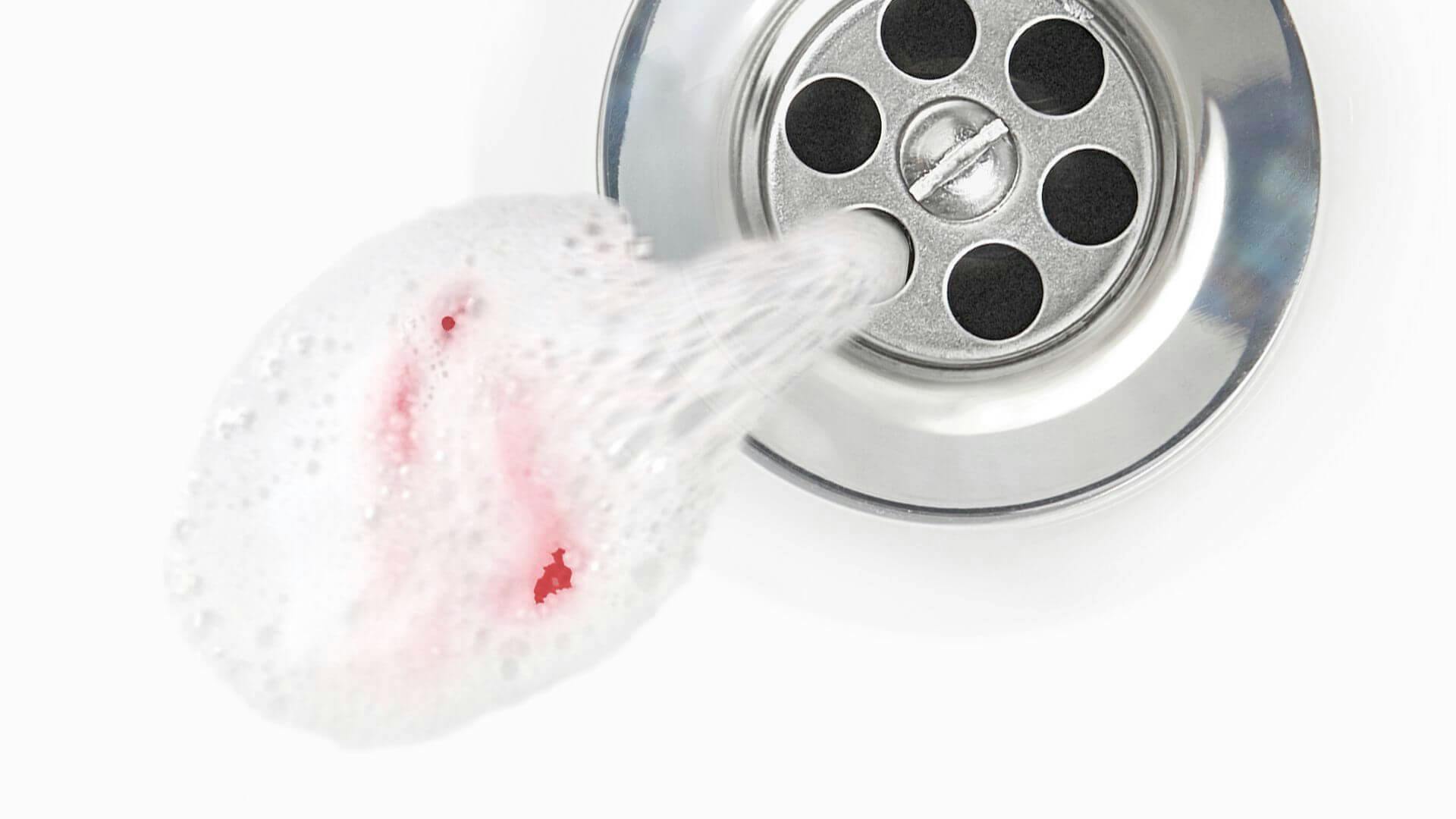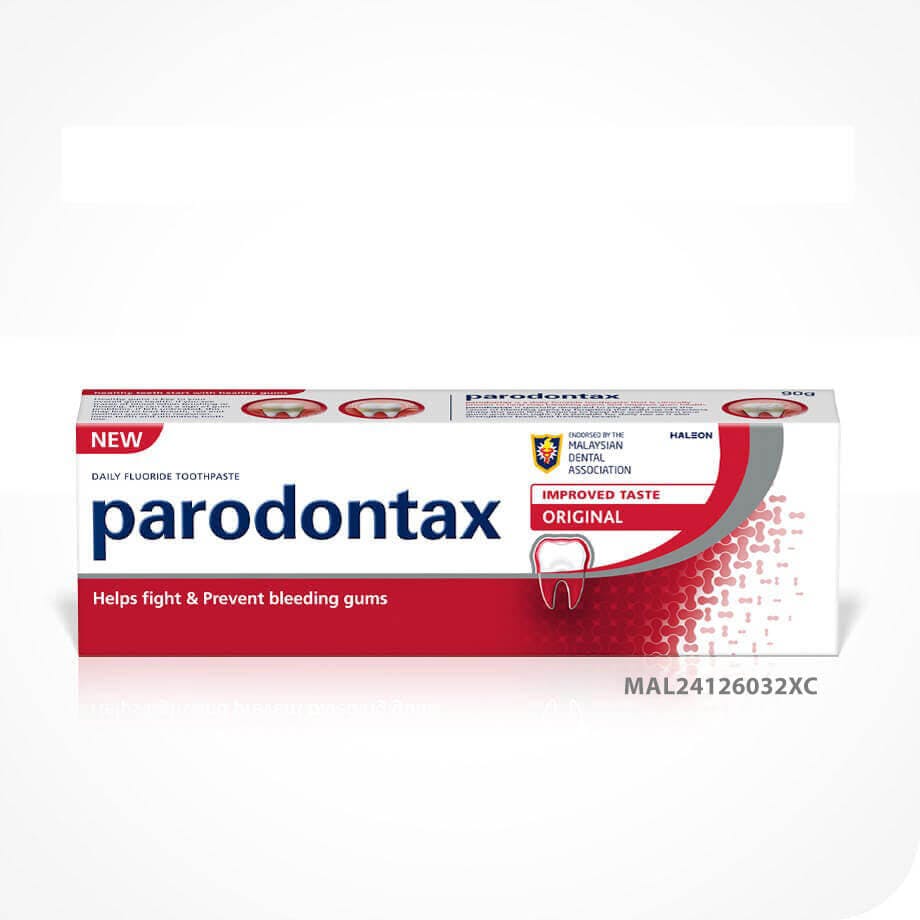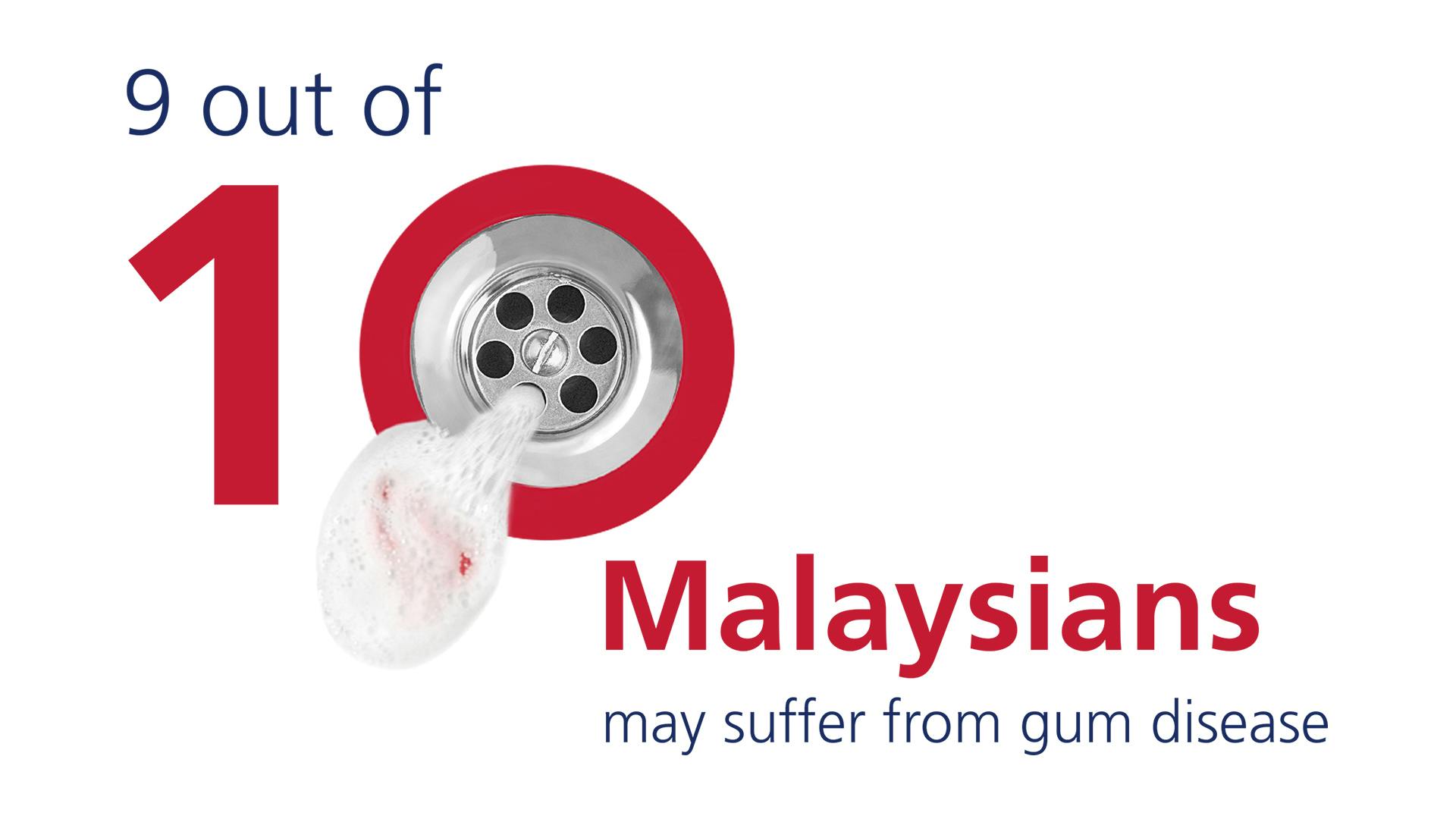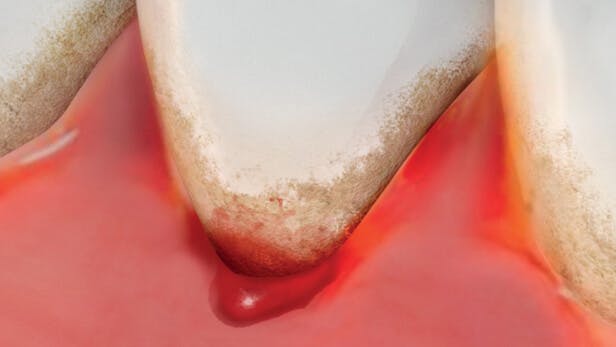How to treat gum disease
Gum disease is caused by plaque bacteria that builds up around, on and in between your teeth. If this bacteria is not removed by regular brushing and flossing it can irritate gums, leading to red, swollen and bleeding gums, which are all early gum disease symptoms, known as gingivitis.
If these signs of gum disease are left untreated, small ‘pockets’ may develop between teeth and gums. As these pockets deepen it can eventually lead to periodontitis, which is one of the most serious types of gum disease. Once you reach this stage of gum disease, damage may have occurred, and if left untreated can lead to tooth loss.
This is why it is so important to find an effective gum disease treatment at the early gingivitis stages, to keep your gums healthy.
THE THREE STEP TREATMENT FOR GUM DISEASE
Healthy gums are vital for strong teeth and the best way to make sure gums stay healthy is with a good oral health routine.
It takes just three simple steps to keep gums and teeth clean and help prevent gum disease.
STEP 1 - Brush your teeth twice a day with parodontax daily fluoride toothpaste
Brush your teeth twice a day using a manual or electric toothbrush with a small head and soft, rounded bristles. Use parodontax daily fluoride toothpaste, which physically removes the build up of plaque bacteria along the gum line, helping to keep the seal between your gums and teeth tight. When used to brush twice daily, it aids plaque removal and helps stop and prevent bleeding gums*.
STEP 2 - Floss to remove plaque in between your teeth
Use dental floss or an interdental brush to remove plaque from hard to reach areas between your teeth. Remember to ease the floss gently into place as otherwise you could harm your gums.1
STEP 3 - Regularly visit a dentist to remove plaque build up and help prevent gum disease
Visit the dentist regularly for check-ups, as a professional can help spot problems with your gums before you experience any symptoms. Your dentist can also clean, scale and polish your teeth to remove stubborn build up of plaque bacteria (calculus) and help to prevent gum disease.2
Stick to these three steps and you can help to prevent gum disease, to keep your gums healthy and teeth strong.
WHAT IF I ALREADY HAVE GUM DISEASE?
If you are experiencing any of these symptoms of gum disease or even already have gingivitis, these three steps can help stop and prevent gingivitis. This is important as if it is left untreated it could develop into periodontitis, which can lead to tooth loss. If you have gum disease then you should visit your dentist, who can help to stop it from getting worse.
*Consult your dentist for more information about gum problems.
1 National Institute for Dental and Craniofacial Research. 1999. PLAQUE:What it is and how to get rid of it. [ONLINE] Available at: http://www.nidcr.nih.gov/oralhealth/Topics/ToothDecay/Documents/Plaque_brochure.pdf. [Accessed 25 July 2016]., 2 Gum Problems: Treating Gingivitis and Periodontitis | parodontax® . 2016. Gum Problems: Treating Gingivitis and Periodontitis | parodontax® . [ONLINE] Available at: http://www.parodontax.in/could-i-have-gum-problem/treatments/. [Accessed 25 July 2016].










